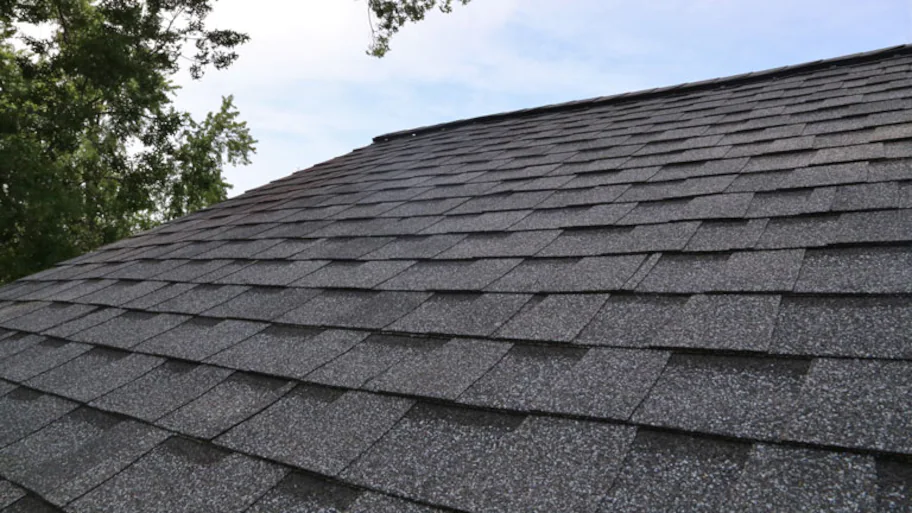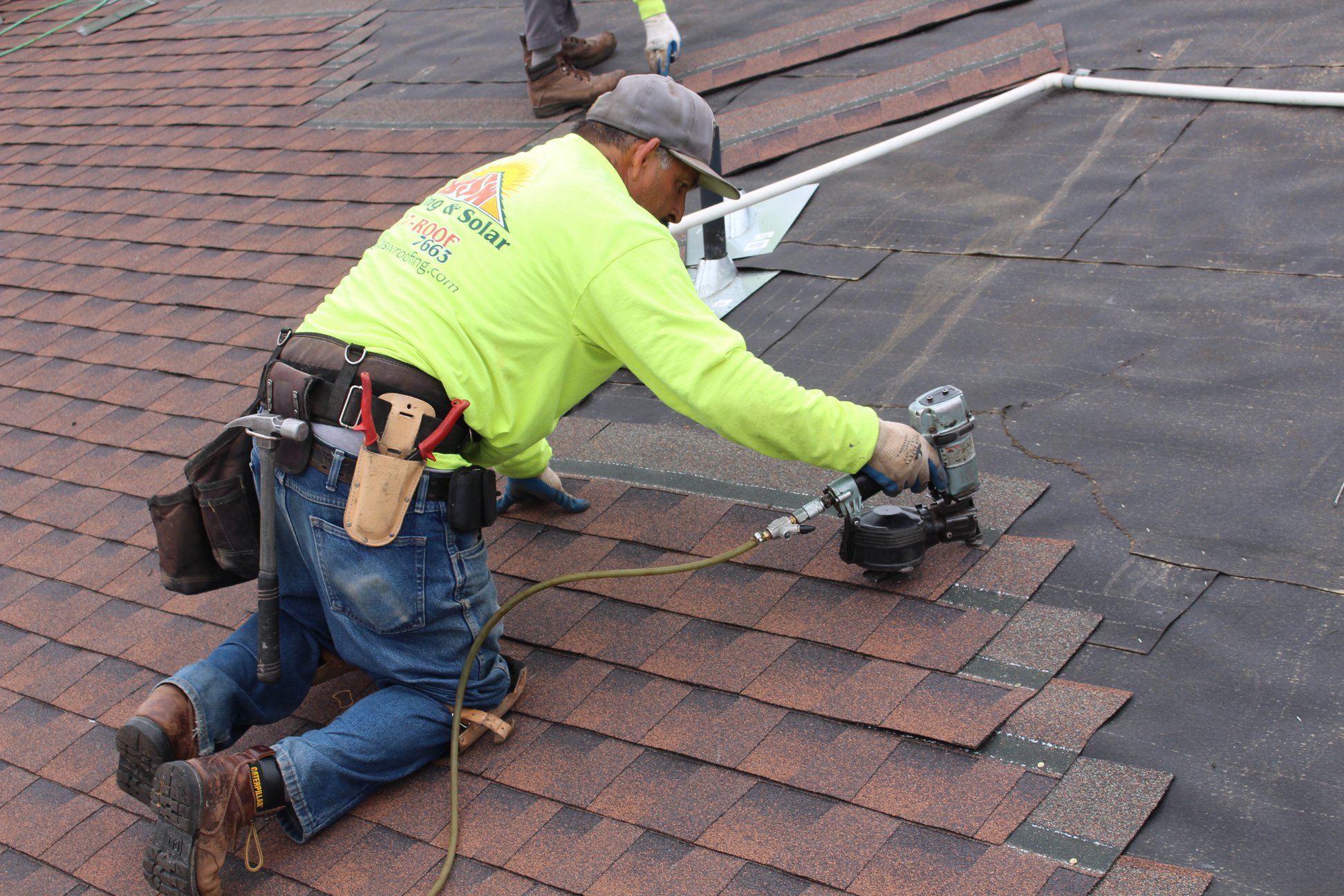The Importance of Choosing Experienced Roofing Companies Gainesville Florida
The Importance of Choosing Experienced Roofing Companies Gainesville Florida
Blog Article
Ideal Practices for Ensuring Appropriate Roofing Air Flow
A balanced consumption and exhaust vent ratio, frequently 1:300, plays an essential function, with consumption vents ideally positioned at the reduced edge of the roofing system for trendy air access and exhaust vents at the peak for warm air leave. Maintaining insulation away from vents is critical to prevent airflow constraint.
Understand Ventilation Basics
Correctly understanding ventilation basics is important for making sure the long life and effectiveness of roofing systems. Efficient ventilation mitigates dampness buildup and temperature level extremes in the attic room, both of which can bring about significant structural damage over time. A well-ventilated roof helps in avoiding usual issues such as mold and mildew growth, timber rot, and ice dams, which can endanger the stability of the roofing materials and the underlying frameworks.
The primary objective of air flow is to assist in the motion of air, enabling a consistent exchange in between the exterior and indoor environments. This equilibrium is achieved with a combination of intake and exhaust vents that interact to keep ideal airflow. Intake vents, commonly situated along the eaves or soffits, allow fresh air to get in the attic room, while exhaust vents, usually positioned at or near the roof ridge, allow hot, humid air to leave.
Trick elements influencing the effectiveness of roofing ventilation consist of appropriate positioning, sufficient sizing, and guaranteeing that both consumption and exhaust vents are unhampered. Routine evaluation and upkeep are crucial to recognize prospective clogs, damages, or inadequacies in the ventilation system, thereby protecting the roof's efficiency and durability.
Sorts Of Roof Covering Vents
Roofing system vents play a crucial role in preserving reliable attic air flow and, by extension, the overall health and wellness of the roofing system. Different kinds of roof vents are readily available, each with distinct advantages customized to particular roof covering needs. Ridge vents, for instance, are mounted along the roofing system's top, enabling cozy, moist air to get away from the attic room. They offer constant ventilation and blend seamlessly with the roofline, making them both efficient and aesthetically pleasing.

Soffit vents are installed under the eaves and operate in tandem with roofing vents to make sure a well balanced consumption and exhaust system. By allowing cooler air to enter from below, soffit vents assist in the expulsion of warm air through top vents. Gable vents, located on the outside wall surfaces of the attic room, deal one more effective option, specifically in homes with saddleback roofs.
Analyze Your Existing Air Flow

Next, consider the age and problem of your roof materials and ventilation elements. Older systems might not adhere to existing building codes or may have degraded in time, reducing their performance. Conduct a complete exam to determine any kind of indications of damage, such as corrosion, damage, or gaps that might compromise the system's efficiency.
Furthermore, gauge the attic temperature level and humidity levels. High temperature levels and moisture can suggest poor air flow.
Setup Best Practices
Efficient installment of roof covering ventilation systems is paramount for making certain optimal performance and long life. Appropriate get more setup starts with understanding the details ventilation needs of the roofing and the building it covers. This entails computing the appropriate ratio of intake to tire vents, generally sticking to the 1:300 regulation, which specifies one square foot of ventilation for every 300 square feet of attic room flooring room.

Consumption vents must be mounted at the roofing system's reduced side, commonly in the soffits, to permit cool air to enter. Exhaust vents, on the other hand, should be mounted near or at the roofing system's height to facilitate the departure of warm, damp air.
Seal all air vent links carefully to stop air leaks and possible water seepage. Use top quality materials and comply with supplier guidelines to make certain resilience and efficiency. In addition, integrating ridge vents with baffles can substantially boost air movement efficiency by preventing wind-driven rain and snow from entering the attic.
Inevitably, accurate setup of roof ventilation systems alleviates potential issues such as mold growth, ice dams, and structural damage, making sure the roofing's integrity and the building's total wellness.
Normal Maintenance Tips
Uniformity in upkeep methods is fundamental to making certain the lasting effectiveness of roof air flow systems. Regular inspections are crucial, preferably done biannually-- in the springtime and loss. During these evaluations, ensure that vents are devoid of debris, nests, and various other blockages that click to read more could hamper airflow. Examine for any kind of signs of moisture buildup or mold and mildew, as these can suggest inappropriate ventilation or leaks (roofing companies in gainesville florida).
Use a soft brush or a vacuum cleaner to eliminate dust and debris from consumption and exhaust vents. Be careful not to damage the air vent screens or louvers during the process.
Appropriate insulation is just as essential. Make certain that attic room insulation does not obstruct the vents, as this can severely limit airflow. If any type of insulation has actually shifted or settled, rearrange or change it to preserve an effective barrier.
Lastly, replace dig this any harmed or missing elements promptly. Busted vents, fractured shingles, or tatty flashing can all add to inadequate ventilation and needs to be attended to immediately. Normal upkeep ensures that the roofing ventilation system functions ideally, thus prolonging the life expectancy of the roofing system itself.
Final Thought
Making sure proper roof covering air flow is critical for keeping the efficiency and toughness of a roofing system. Adherence to the 1:300 intake and exhaust vent proportion, coupled with the strategic placement of vents, is necessary.
A well balanced intake and exhaust vent proportion, typically 1:300, plays a crucial role, with consumption vents preferably put at the reduced edge of the roof for trendy air entry and exhaust vents at the height for warm air exit. Intake vents, commonly located along the eaves or soffits, allow fresh air to get in the attic space, while exhaust vents, typically located at or near the roofing system ridge, allow warm, moist air to get away.
Soffit vents are set up under the eaves and job in tandem with roofing vents to make certain a balanced consumption and exhaust system. By allowing cooler air to enter from below, soffit vents help with the expulsion of hot air via upper vents. Adherence to the 1:300 intake and exhaust vent ratio, coupled with the critical positioning of vents, is essential.
Report this page